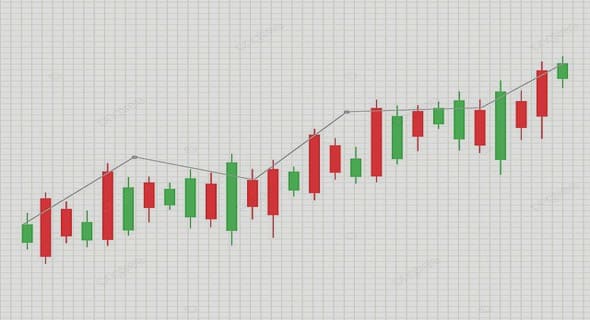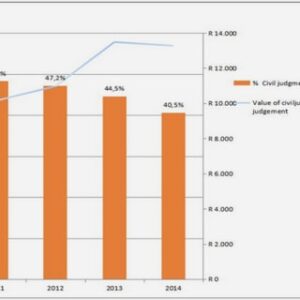(Downloads - 0)
For more info about our services contact : help@bestpfe.com
Table of contents
1 introduction
1.1 Background
1.2 Individual quantum systems
1.3 Decoherence and readout of a superconducting qubit
1.4 Quantum trajectories
1.5 Post-selected evolution
1.6 Outline
i measurement and control of superconducting circuits
2 introduction to superconducting circuits
2.1 Circuit quantum electrodynamics
2.1.1 Introduction
2.1.2 Quantum LC oscillator
2.1.3 Open quantum systems
2.1.4 Cavity coupled to two transmission lines
2.2 Transmon qubit
2.2.1 Black-box quantization of a transmon embedded in a cavity
2.2.2 Finite element simulation – Energy participation ratios
2.3 Open system dynamics of a qubit
2.3.1 Qubits
2.3.2 Entropy of a qubit
2.3.3 Decoherence mechanisms
2.4 Conclusion
3 readout of a superconducting qubit
3.1 Measuring a quantum system
3.1.1 Generalized measurement
3.1.2 Continuous measurement
3.2 Dispersive readout
3.2.1 Homodyne detection of the cavity field
3.2.2 AC stark shift and measurement induced dephasing
3.3 Measurement of fluorescence
3.3.1 Heterodyne detection of the fluorescence of a qubit
3.3.2 Destructive and QND measurements
3.4 Full quantum tomography
3.4.1 Direct access to the Bloch vector
3.4.2 Tomography of a qubit undergoing Rabi oscillations
3.4.3 Comparing the fidelities of a weak and projective quantum tomography
3.5 Conclusion
4 qutrits
4.1 Introduction
4.2 Preparation of an arbitrary quantum superposition of three levels
4.3 Projective tomography of a three-level system
4.3.1 From the measurement output to the density matrix
4.3.2 Representation of the density matrix of a qutrit
4.4 Quadrature plane calibration and temperature measurement
4.4.1 Calibration of the IQ plane
4.4.2 Direct temperature measurement
4.5 Open-system dynamics of a three-level atom
4.5.1 Lindblad equation
4.5.2 Energy relaxation
4.5.3 Ramsey experiments
4.6 Continuous measurement of a three-level system
4.6.1 Dispersive measurement of a qutrit
4.6.2 Quantum jumps between three levels
4.7 Conclusion
5 microwave amplifiers
5.1 Introduction
5.2 Quantum parametric amplification
5.2.1 Phase preserving amplification
5.2.2 Phase sensitive amplification
5.3 Josephson parametric amplifier
5.3.1 Different JPAs and different pumping schemes
5.3.2 Amplification
5.3.3 Frequency tunability
5.4 Josephson parametric converter
5.4.1 Josephson ring modulator
5.4.2 Amplification mode
5.4.3 Flux tunability
5.5 Travelling wave parametric amplifier
5.5.1 Phase matching condition
5.5.2 Amplification performance
5.6 Figures of merit of amplifiers
5.6.1 Amplifying setup
5.6.2 Gain
5.6.3 Quantum efficiencies
5.6.4 Dynamical bandwidth
5.6.5 Static bandwidth
5.6.6 Dynamical range
5.6.7 Comparison between two detection chains and a JTWPA
5.7 Conclusion
ii measurement back-action
6 quantum trajectories
6.1 Quantum back-action of measurement
6.1.1 Kraus operators formulation
6.1.2 Dispersive interaction
6.1.3 Measurement along the orthogonal quadrature
6.1.4 Fluorescence signal
6.2 Quantum trajectories
6.2.1 Repeated Kraus map and Markov chain
6.2.2 The stochastic master equation
6.2.3 From measurement records to quantum trajectories
6.2.4 Validation by an independent tomography
6.2.5 Parameter estimation
6.3 Trajectories statistics
6.3.1 Different regimes
6.3.2 Zeno dynamics – Interplay between detectors
6.3.3 Rabi oscillations
6.3.4 Exploration of several regimes
6.4 Diffusion of quantum trajectories
6.4.1 Introduction
6.4.2 Fokker-Planck equation
6.4.3 Impact of the efficiencies on the statistics
6.4.4 Convection velocity
6.4.5 Diffusion tensor
6.4.6 Dimensionality of the diffusion
6.4.7 Diffusivity
6.4.8 An Heisenberg-like inequality for pure states
6.5 Conclusion
7 post-selected quantum trajectories
7.1 Past quantum state
7.1.1 Prediction and retrodiction
7.1.2 Continuous time dynamics
7.2 Pre and post-selected trajectories
7.2.1 Time symmetric Rabi evolution
7.2.2 « Anomalous » weak values
7.2.3 Influence of the post-selection
7.3 Conclusion
iii appendix
a transmon coupled to a transmission line
a.1 Classical equation of motions
a.1.1 Dynamics of the system
a.1.2 Asymptotic expansion in ✏
a.2 Quantum description
a.3 Conclusion
b experimental techniques
b.1 Fabrication
b.1.1 Fabrication of JPA and JPC
b.1.2 3D transmons
b.1.3 2D CPW chips
b.2 Measurement setup
iv bibliography
bibliography




